The world of cybersecurity is constantly evolving. Every year brings new threats, new technologies, and new challenges. As we navigate 2025, the stakes are higher than ever. Cyberattacks are getting smarter, more frequent, and more costly. That’s why having solid cyber hygiene in 2025 isn’t just a good idea; it’s absolutely essential for keeping our organizations safe and sound.
I’m here to talk about something fundamental yet often overlooked: cyber hygiene. Think of it like personal hygiene for your digital assets. Just as washing your hands regularly prevents illness, consistent cyber hygiene practices prevent digital infections. But how do we actually implement this effectively across a complex IT environment? That’s what we’re going to dive into today, with a practical, step-by-step framework designed for the realities of 2025.
Table of Contents
Key Summary
- Cyber hygiene is non-negotiable in 2025: It’s the foundational defense against increasingly sophisticated cyber threats and the rising costs of breaches.
- A structured framework is crucial for success: Implementing cyber hygiene requires a systematic approach, from assessment and planning to continuous monitoring and improvement.
- Focus on core pillars: Essential practices include robust patch management, strong access controls (like MFA), regular data backups, and ongoing employee security training.
- Leverage modern tech & automation: Utilize AI for threat detection and automate tasks like patching and incident response to boost efficiency and effectiveness.
- The human element is key: Empowering employees through continuous awareness training transforms them from potential weak links into a strong line of defense.
Why Cyber Hygiene in 2025 Matters More Than Ever
In 2025, the digital landscape is a minefield. We’re seeing an explosion of AI-powered attacks, more sophisticated phishing campaigns, and a constant barrage of ransomware attempts. The average cost of a data breach continues to climb, and regulatory fines are becoming more severe. Ignoring the basics is no longer an option; it’s an invitation for disaster.
I often hear people focus on advanced solutions like AI-driven threat hunting or zero-trust architectures – and these are vital, don’t get me wrong! But without a strong foundation of cyber hygiene, even the most advanced tools can’t fully protect you. It’s like building a skyscraper on quicksand.
“Advanced cybersecurity tools are powerful, but they are only as effective as the basic cyber hygiene practices they are built upon. Don’t skip the fundamentals!”
Think about it: a significant percentage of breaches still happen because of unpatched systems, weak passwords, or employees falling for simple social engineering tricks. These are all preventable with good cyber hygiene. As we deal with complex systems, including those in critical infrastructure, maintaining ICS cyber resilience becomes paramount, and that starts with the basics.
Understanding the Core Pillars of Cyber Hygiene
Before we jump into the framework, let’s quickly review what I consider the absolute core pillars of cyber hygiene. These are the non-negotiables:
- Patch Management: Keeping all software, operating systems, and firmware up-to-date. This closes known security holes that attackers love to exploit.
- Access Control: Ensuring only authorized individuals can access specific resources. This includes strong passwords, multi-factor authentication (MFA), and the principle of least privilege (giving people only the access they need, no more).
- Data Backup & Recovery: Regularly backing up critical data and having a tested plan to restore it quickly in case of an incident.
- Employee Training & Awareness: Educating your team about common cyber threats like phishing, social engineering, and safe browsing habits.
- Network Security: Protecting your network perimeter and internal segments with firewalls, intrusion detection/prevention systems, and proper configuration.
- Endpoint Security: Securing all devices connected to your network (laptops, desktops, servers, mobile devices) with antivirus, anti-malware, and endpoint detection and response (EDR) solutions.
These pillars form the bedrock. Now, let’s build our framework!
Building Your 2025 Cyber Hygiene Implementation Framework
Implementing robust cyber hygiene isn’t a one-time task; it’s a continuous journey. I’ve broken it down into three main phases: Assess & Plan, Implement Core Practices, and Monitor, Respond & Improve.
Phase 1: Assess & Plan – Knowing Your Battlefield
Before you can fix anything, you need to know what you’re dealing with. This phase is all about understanding your current state and setting a clear roadmap.
1.1 Current State Assessment: What Do You Have?
This is where we roll up our sleeves and get a clear picture of our digital environment.
- Asset Inventory: Create a comprehensive list of all hardware, software, cloud services, and data repositories. You can’t protect what you don’t know you have! This includes everything from servers and workstations to mobile devices and IoT gadgets. Don’t forget shadow IT – unapproved apps or devices that could pose a risk, especially with the rise of shadow AI detection.
- Vulnerability Scans: Regularly scan your systems and networks for known weaknesses. Tools can help automate this, finding outdated software, misconfigurations, and open ports.
- Risk Assessment: Identify potential threats (e.g., ransomware, data theft, insider threats) and evaluate the likelihood and impact of these threats exploiting your identified vulnerabilities. What are your crown jewels? What data absolutely must be protected?
- Policy Review: Examine your existing security policies. Are they up-to-date? Do they cover the realities of 2025? Are they actually being followed?
1.2 Risk Prioritization: What’s Most Important?
Once you have your assessment, you’ll likely have a long list of things to do. You can’t do everything at once, so prioritization is key.
- Impact vs. Likelihood: Focus on risks that have both a high impact if exploited and a high likelihood of occurring.
- Critical Systems First: Prioritize securing systems that are essential for business operations or hold sensitive data. For those in industrial sectors, this includes strengthening cybersecurity in industrial control systems as a top priority.
- Quick Wins: Identify easy-to-implement changes that can significantly boost your security posture with minimal effort.
1.3 Policy Development & Updates: Setting the Rules
Based on your assessment and priorities, either create new security policies or update existing ones. These policies should be clear, actionable, and communicated to everyone.
- Password Policies: Strong, unique passwords, regularly changed, or better yet, a move towards passwordless authentication where feasible.
- Access Control Policies: Define who can access what, under what conditions.
- Data Handling Policies: How sensitive data should be stored, transmitted, and disposed of.
- Incident Response Plan: A detailed guide on what to do when a security incident occurs.
Phase 2: Implement Core Practices – Putting It All into Action
This is where the rubber meets the road. We take our plans and turn them into daily operations.
2.1 Robust Patching & Updates: Stay Current!
This is probably the most fundamental aspect of cyber hygiene.
- Automated Patch Management: Whenever possible, automate the patching process for operating systems, applications, and firmware. Tools can help deploy updates across your entire environment efficiently.
- Regular Schedule: Establish a consistent schedule for patching. Don’t wait for a crisis!
- Testing: Test patches in a non-production environment before wide deployment to prevent compatibility issues.
- Third-Party Software: Don’t forget about third-party applications. They are often overlooked but are common entry points for attackers.
2.2 Strong Authentication & Access Management: Who’s Allowed In?
Controlling who gets access to your systems and data is paramount.
- Multi-Factor Authentication (MFA): Implement MFA everywhere possible – for internal systems, cloud services, and VPNs. It’s one of the simplest yet most effective ways to stop unauthorized access.
- Principle of Least Privilege (PoLP): Grant users only the minimum access rights they need to perform their job functions. No more, no less.
- Privileged Access Management (PAM): For administrative accounts, implement PAM solutions to manage, monitor, and secure privileged access.
- Regular Reviews: Periodically review user access rights to ensure they are still appropriate.
2.3 Regular Data Backups: Your Safety Net
Imagine losing all your data to a ransomware attack or hardware failure. Backups are your lifeline.
- The 3-2-1 Rule: Keep at least 3 copies of your data, store them on at least 2 different types of media, and keep 1 copy off-site.
- Automated Backups: Automate backup processes to ensure consistency and reduce human error.
- Test Restorations: Regularly test your backup restoration process. A backup is useless if you can’t recover from it.
- Immutable Backups: Consider immutable backups that cannot be altered or deleted, even by ransomware.
2.4 Security Awareness Training: Empower Your Team
Your employees are your first line of defense, but they can also be your weakest link if not properly trained.
- Regular Training Sessions: Conduct mandatory, engaging security awareness training sessions at least annually, with refresher courses throughout the year.
- Phishing Simulations: Run simulated phishing campaigns to test your employees’ vigilance and provide immediate feedback. This is a powerful way to teach practical skills.
- Spotting Social Engineering: Train staff on how to identify and report social engineering attempts, not just phishing emails.
- Secure Browsing & Downloads: Educate on the dangers of clicking suspicious links or downloading unofficial software. This also ties into understanding the hidden costs of pirated downloads.
2.5 Network Segmentation & Monitoring: Build Digital Walls
Don’t let attackers move freely once they’re inside your network.
- Network Segmentation: Divide your network into smaller, isolated segments. If one segment is compromised, the damage is contained.
- Firewalls & IDS/IPS: Deploy and properly configure firewalls, intrusion detection systems (IDS), and intrusion prevention systems (IPS) at network perimeters and between segments.
- VPNs for Remote Access: Ensure all remote access to your network is done via secure Virtual Private Networks (VPNs).
2.6 Endpoint Protection: Guarding the Gates
Every device connected to your network is a potential entry point.
- Antivirus/Anti-Malware: Deploy robust, up-to-date antivirus and anti-malware solutions on all endpoints.
- Endpoint Detection and Response (EDR): Implement EDR solutions for advanced threat detection, investigation, and response capabilities on endpoints.
- Device Hardening: Configure endpoints to minimize attack surfaces (e.g., disable unnecessary services, remove administrative rights from users).
Phase 3: Monitor, Respond & Improve – The Continuous Cycle
Cyber hygiene isn’t a “set it and forget it” task. It requires constant vigilance and adaptation.
3.1 Continuous Monitoring & Threat Detection: Eyes On! 👀
You need to know what’s happening in your environment right now.
- Security Information and Event Management (SIEM): Use a SIEM system to collect and analyze security logs from various sources across your network. This helps in identifying suspicious activities and potential threats.
- Behavioral Analytics: Leverage tools that can detect unusual user or system behavior, which might indicate a compromise.
- AI in Cybersecurity: Embrace the role of artificial intelligence in modern cybersecurity for enhanced threat detection, anomaly identification, and predictive analysis. AI can sift through massive amounts of data much faster than humans.
3.2 Incident Response Planning & Automation: Ready for Anything
Despite your best efforts, incidents will happen. How you respond defines your resilience.
- Regular Drills: Conduct tabletop exercises and simulated incident response drills to test your plan and train your team.
- Clear Roles & Responsibilities: Define who does what during an incident.
- Communication Plan: How will you communicate with stakeholders, customers, and authorities?
- Automated Incident Response: Look into solutions for automated cybersecurity incident response. This can significantly reduce response times by automatically isolating compromised systems, blocking malicious IPs, or initiating data backups.
3.3 Regular Audits & Penetration Testing: Test Your Defenses
Don’t just assume your defenses are strong; test them!
- Internal & External Audits: Regularly audit your security controls and compliance with policies.
- Penetration Testing: Hire ethical hackers to try and break into your systems. This provides invaluable insights into your actual security posture.
- Vulnerability Management Program: Beyond scanning, actively manage and remediate identified vulnerabilities based on their priority.
3.4 Feedback Loop & Policy Updates: Learn and Adapt
Every incident, audit, or new threat is a learning opportunity.
- Post-Incident Reviews: After any security incident, conduct a thorough review to understand what happened, why it happened, and how to prevent it in the future.
- Stay Informed: Keep abreast of the latest threats, vulnerabilities, and security best practices. What worked in 2024 might not be enough in 2025.
- Update Policies: Regularly update your security policies and framework based on new threats, technologies, and lessons learned.
Leveraging Technology for Better Hygiene in 2025
2025 offers incredible technological advancements that can significantly enhance our cyber hygiene efforts. We should be using them!
- AI and Machine Learning: As mentioned, AI isn’t just for advanced threat hunting. It can help automate vulnerability scanning, prioritize patches, detect anomalies in user behavior, and even assist in incident response.
- Automation Platforms: Tools that automate routine tasks like patch deployment, configuration management, and even user provisioning/deprovisioning reduce human error and free up IT staff for more complex tasks.
- Cloud Security Posture Management (CSPM): If you’re using cloud services (and who isn’t?), CSPM tools help ensure your cloud configurations adhere to best practices and identify misconfigurations that could lead to breaches.
- Post-Quantum Cryptography (PQC): While not an immediate threat for most, we should start understanding and planning for post-quantum cryptography. The algorithms we use today for encryption could eventually be broken by quantum computers, so future-proofing our data protection is a smart move.
Remember, technology is a tool. It’s only as good as the strategy and people behind it.
The Human Element: Your Strongest (or Weakest) Link
I can’t stress this enough: technology alone isn’t enough. Your people are your most critical asset, and they can either be your strongest defense or your weakest link.
- Culture of Security: Foster a culture where everyone understands their role in cybersecurity. It’s not just an “IT problem.”
- Continuous Education: Cybersecurity training shouldn’t be a one-off event. It needs to be ongoing, relevant, and engaging.
- Reporting Mechanisms: Make it easy and safe for employees to report suspicious activities without fear of blame. Encourage a “see something, say something” mentality.
- Leadership Buy-in: CISOs and IT leaders must champion cyber hygiene from the top down. When leadership takes it seriously, the entire organization follows suit.
Measuring Success and Proving ROI
How do you know if your cyber hygiene efforts are actually working? And how do you justify the investment to leadership?
- Key Performance Indicators (KPIs): Track metrics like:
- Patch compliance rates (percentage of systems fully patched).
- MFA adoption rates.
- Time to detect and respond to incidents.
- Number of successful phishing simulation failures.
- Number of security vulnerabilities found and remediated over time.
- Employee training completion rates.
- Regular Reporting: Provide clear, concise reports to leadership demonstrating the improvement in your security posture and the reduction in risk.
- Cost Avoidance: Highlight how good cyber hygiene helps avoid the massive costs associated with data breaches, regulatory fines, and reputational damage. This is where understanding things like cyber insurance for companies protecting your business in 2025 can also help quantify risk and the value of prevention.
Conclusion: Your Proactive Stance in 2025
Cyber hygiene might not be the flashiest topic in cybersecurity, but it is undeniably the most critical foundation. In 2025, with threats constantly evolving and the cost of breaches skyrocketing, a proactive, systematic approach to cyber hygiene is not just recommended – it’s absolutely vital for every IT professional and CISO.
By implementing a robust framework that covers assessment, core practices, and continuous improvement, you’re not just reacting to threats; you’re building a resilient, secure environment. Remember, security is a journey, not a destination. Let’s commit to making 2025 the year we truly master our cyber hygiene and keep our organizations safer than ever before. Together, we can build a stronger digital future!
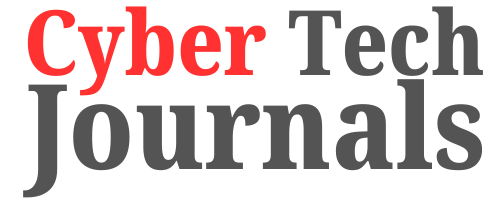
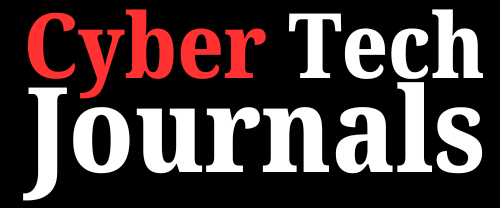



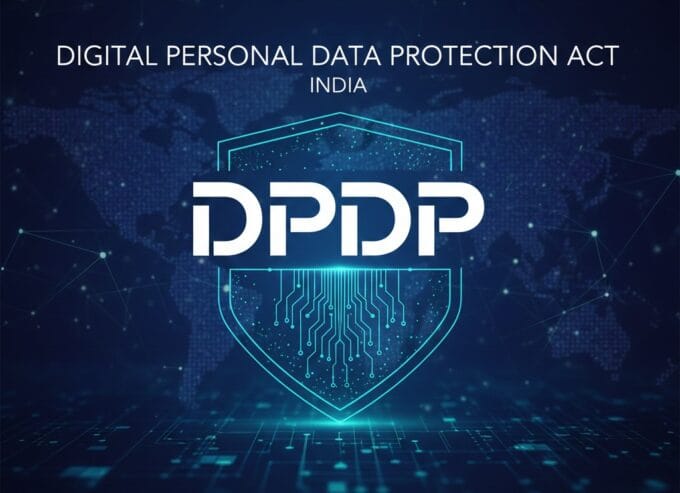


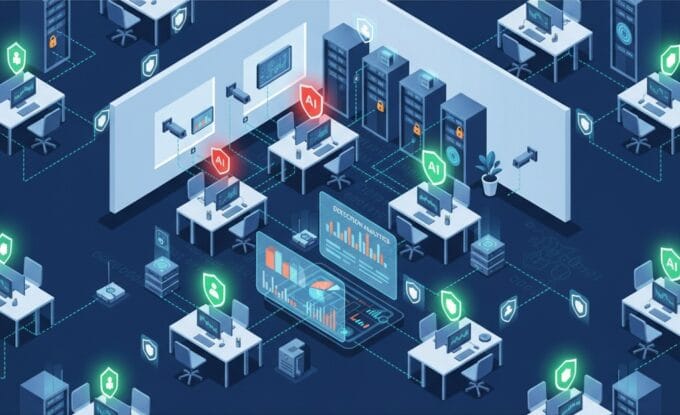

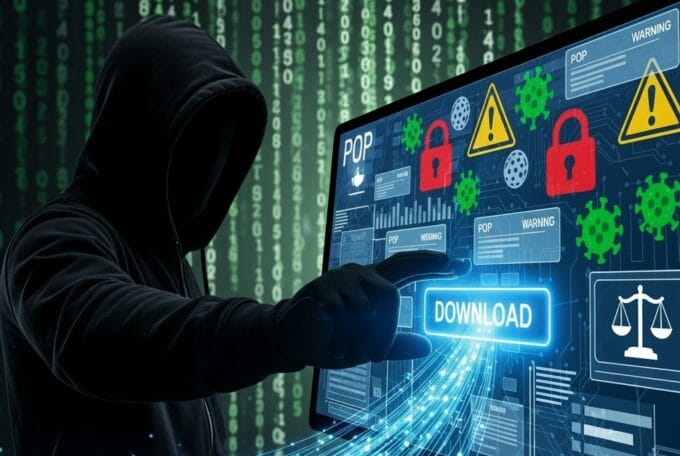
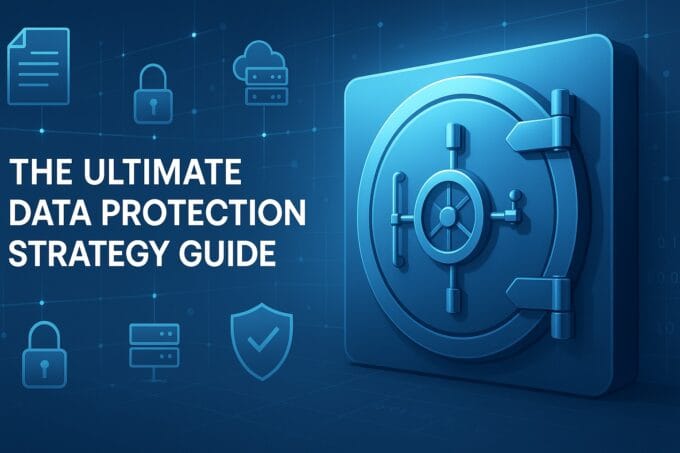



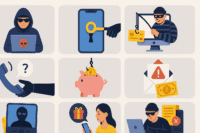

Leave a comment